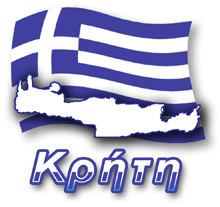
Poniżej przedstawiamy Wam zdjęcia najbardziej niesamowitych i najpiękniejszych miejsc jakie możecie zobaczyć na Krecie. Oczywiście galeria ta nie wyczerpuje listy wszystkich ciekawych zakątków, które warto odwiedzić w czasie wakacji na tej wyspie.
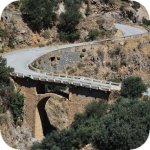
Stary most między Kato Rodakino i Pano Rodakino || Small old bridge between Kato Rodakino and Pano Rodakino
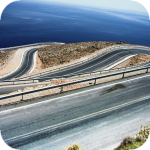
Skręć w prawo, skręć w lewo ... i tak dalej - droga do Chora Sfakion z Anopoli ||Turn right, turn left ... and so on - road to Chora Sfakion from Anopoli
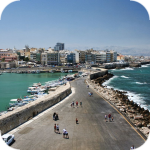
Znakomity widok na Heraklion z twierdzy weneckiej ||Excellent view of the Heraklion from Venetian fortress
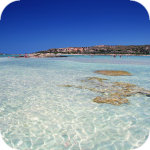
Elafonisi beach - Incredible color of water | Plaża Elafonisi - Niesamowity kolor wody | (Ελαφονήσι)

Μονή Αρκαδίου | Moni Arkadiou - a national sanctuary, one of the most important places in Crete | Moni Arkadi - narodowe sanktuarium, jedno z najważniejszych miejsc na Krecie
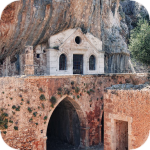
Katholiko Monastery (Moni Katholikou) - Monastery of St John the Hermit | Moni Katholiko - Klasztor św. Jana Pustelnika
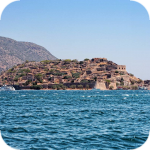
Spinalonga - one of the last active leper colonies in Europe (1903-1957) | Spinalonga - jedna z ostatnich aktywnych kolonii trędowatych (leprozorium) w Europie (1903-1957)
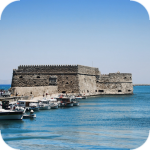
Fortress Koules - one of the most famous symbols of Heraklion | Twierdza Koules - jeden z najsłynniejszych symboli Heraklionu | Κούλες
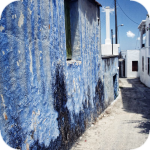
Margarites is well known for its pottery | Wioska Margarites jest znana z wyrobów ceramicznych | Μαργαρίτες
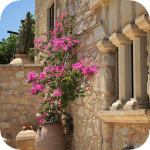
Agia Irini - jeden z najstarszych klasztorów na Krecie || Agia Irini - one of the oldest monasteries in Crete
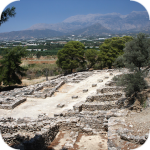
Description of the history of Crete. The genesis of the creation of culture, the most important events from the far and near past of this island.
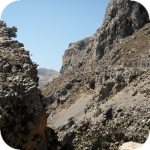
Description of the geographical location and conditions of Crete. Fig geological structure, description of the most important areas and their diversity. Examples of fauna and flora found on this island.
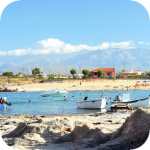
Crete is the largest Greek island and the fifth largest island of the Mediterranean. In spite of the strong ties that connect Crete with continental Greece, this island has retained its separate language dialect and local cultural traditions up to the present day. The distinction should also be expressed by the fact that the majority of the inhabitants asked for their descent will in the first place say that they are Cretans, and only then will they describe themselves as Greeks.
Komentarze
Wypełnij poniższy formularz aby dodać komentarz